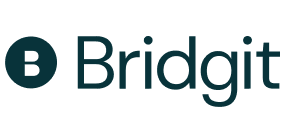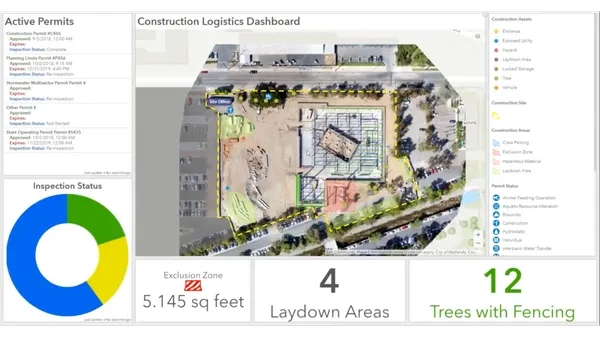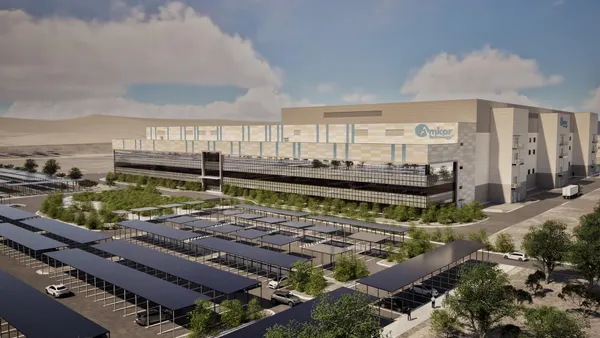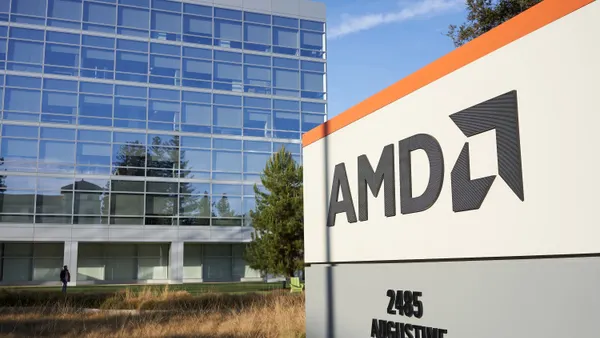Dive Brief:
-
Skanska Commercial Development Europe and Innogy Innovation Hub, which invests in construction and property tech innovation initiatives, have agreed to collaborate on the development of "smart" office buildings, according to Planning, BIM & Construction Today. The effort, which will play out in in Poland, the Czech Republic, Romania and Hungary, is the first such agreement between a developer in the region and Innogy.
-
As part of the agreement, Skanska will work with Innogy startups in the ConTech and PropTech space to develop and test new energy-saving solutions by focusing on such areas as data analytics from building systems, user comfort, and enhancements to current construction processes. The first new technologies should be ready to roll out on select projects by the end of this year.
-
The goal of the program is to reduce global energy consumption, of which 40% are reportedly attributed to buildings. Alina Prawdzik, managing partner in charge of Innogy’s operations in Central and Eastern Europe, said that with a partner like Skanska, Innogy will be able to tap the "potential to increase the efficiency of space use, optimize building productivity and safety and enhance the wellbeing of building users."
Dive Insight:
Aside from the environmental benefits of an energy-efficient building, many owners are also interested in the financial savings that can go hand in hand with reduced electric and other energy-related bills.
In fact, the trend toward green systems in the workplace and in other commercial buildings is so popular that there are special loan programs now that will help owners with the costs of retrofitting their buildings with more energy-efficient systems, building a "green" addition to their properties or constructing a new building from the ground up. Commercial Property Assessed Clean Energy (C-PACE) financing, for example, will help owners pay for energy, water-focused and building envelope elements — mechanical, electrical and plumbing systems; roofing; lighting; solar power; and windows.
But the term "smart building" doesn't only cover energy efficiency. Today's smart buildings also include systems that make those occupying the space more comfortable and more secure. This could be as simple as routing all employees and visitors through a digital key card system, lighting that puts less stress on workers’ eyes or controls that reduce or lower temperatures at specific times of the day or adjust window blinds to maximize occupant comfort.
Many developers, like Skanska and Innogy, are using digital twin technology in order to select the right smart solutions for their buildings. A digital twin is a real-time digital model of occupant and other activity in a building. By knowing what systems occupants use the most — as well as where and when — owners can include the most beneficial automated features in their buildings.












